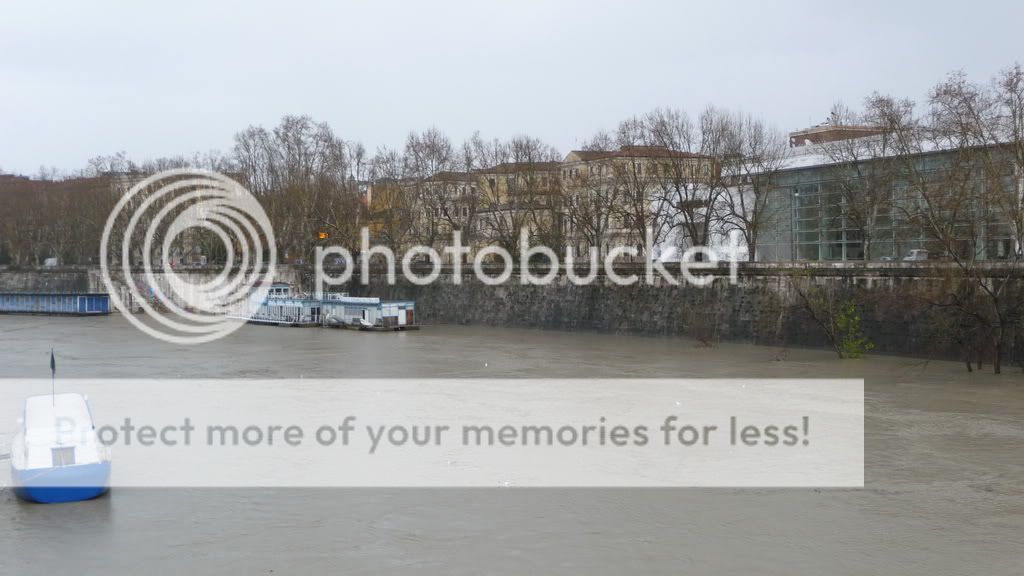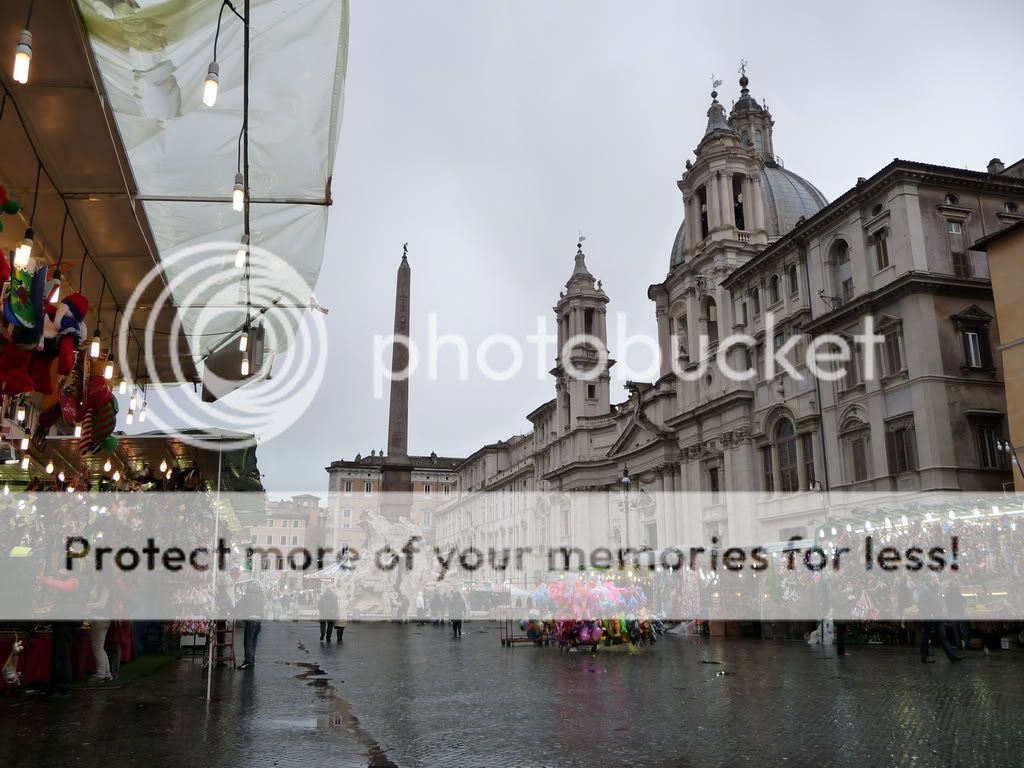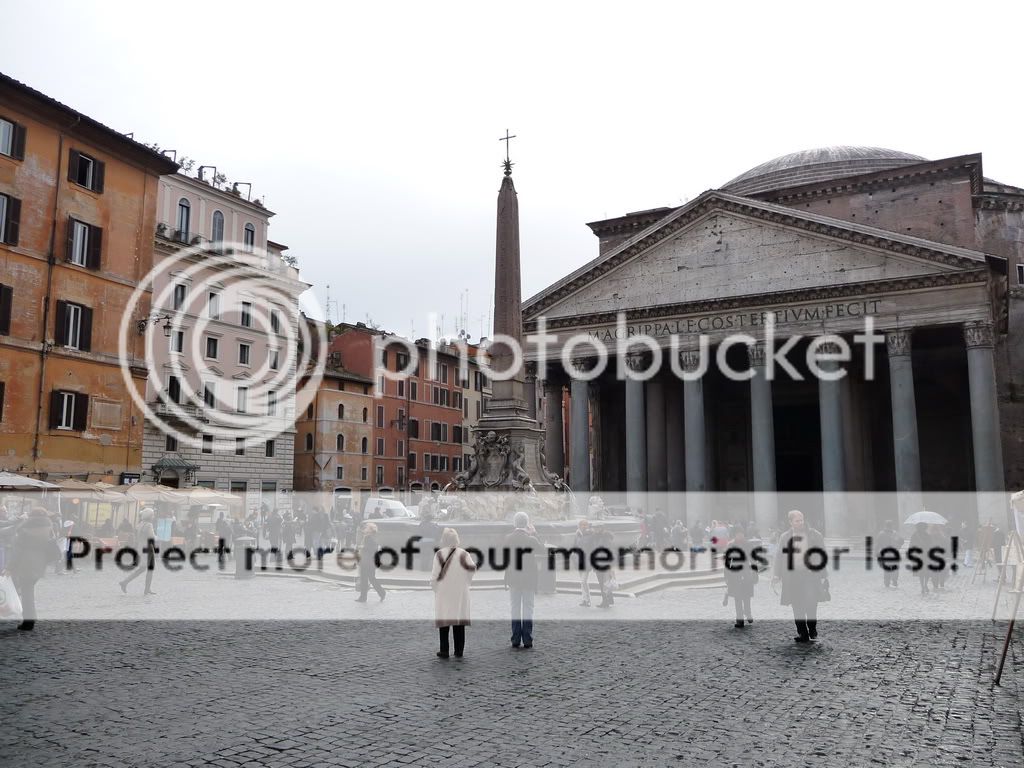MisterF
Senior Member
I just spent a couple weeks in Italy with a side trip to Madrid. I started my journey in Rome.

Gateway to the Eternal City









I loved the Pantheon. Almost 2000 years old and the inside is in amazing shape.














The Forum, centre of ancient Roman civilization






What's everybody waiting for?


The damn Pope, that's what.











I didn't spend nearly enough time in the city. Oh well, next time. Coming up in part 2: Tuscany.

Gateway to the Eternal City









I loved the Pantheon. Almost 2000 years old and the inside is in amazing shape.














The Forum, centre of ancient Roman civilization






What's everybody waiting for?


The damn Pope, that's what.











I didn't spend nearly enough time in the city. Oh well, next time. Coming up in part 2: Tuscany.




